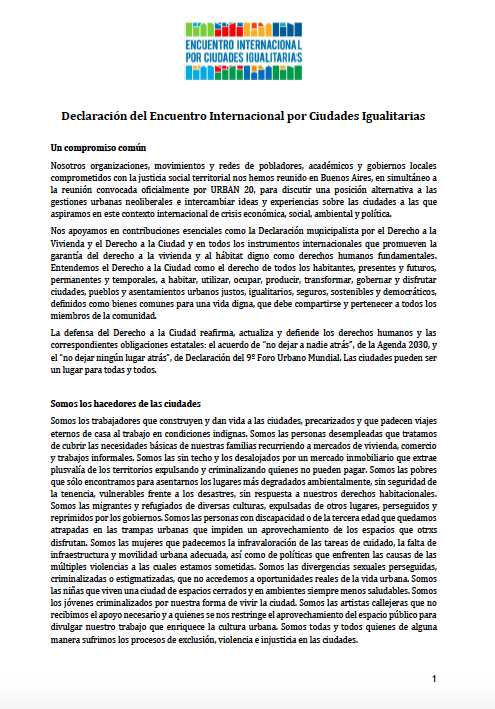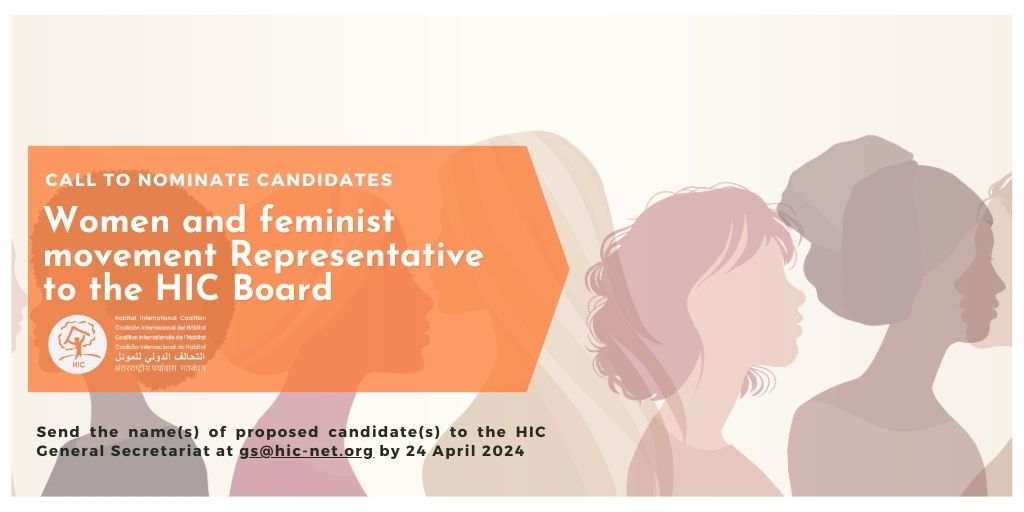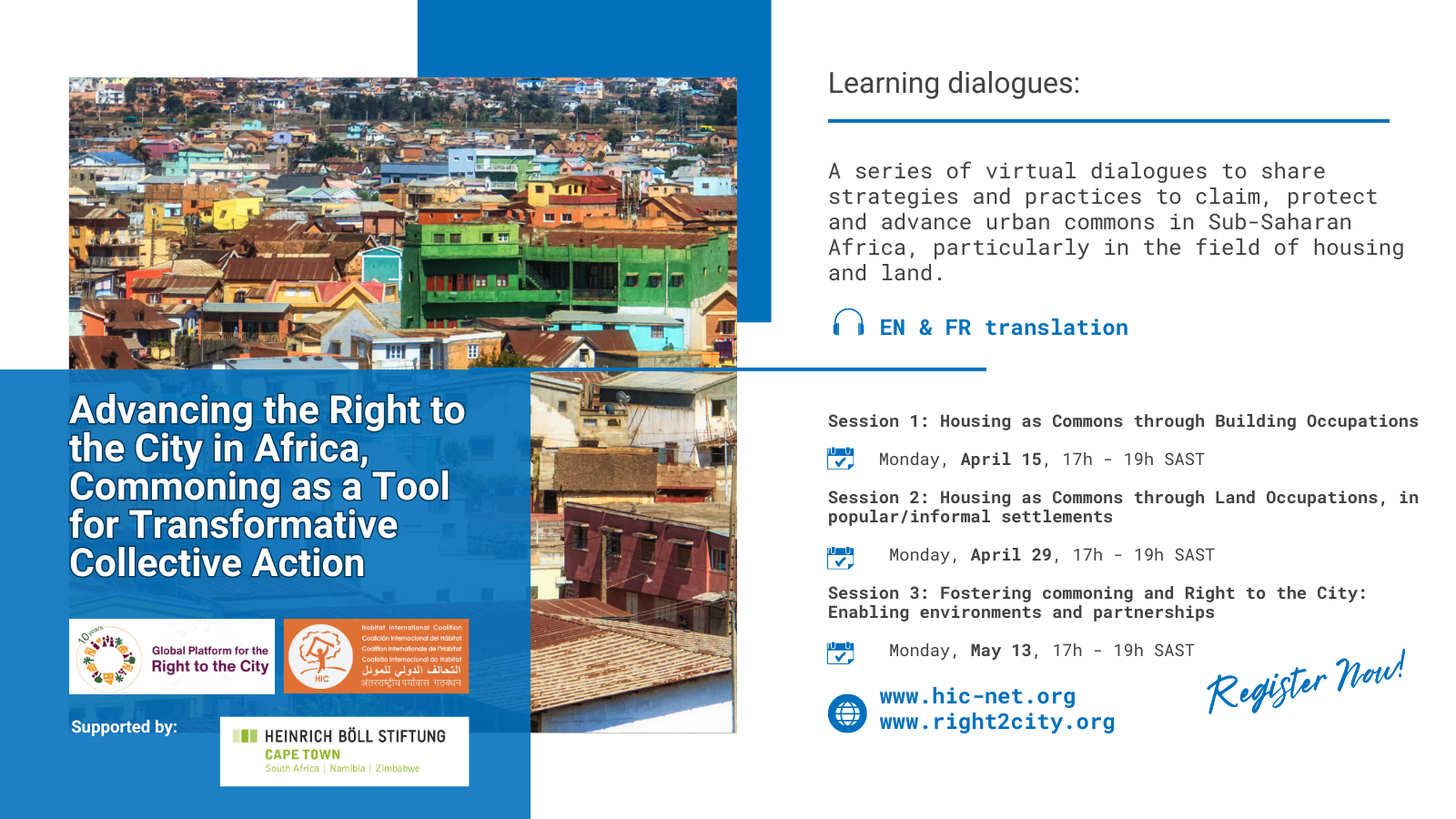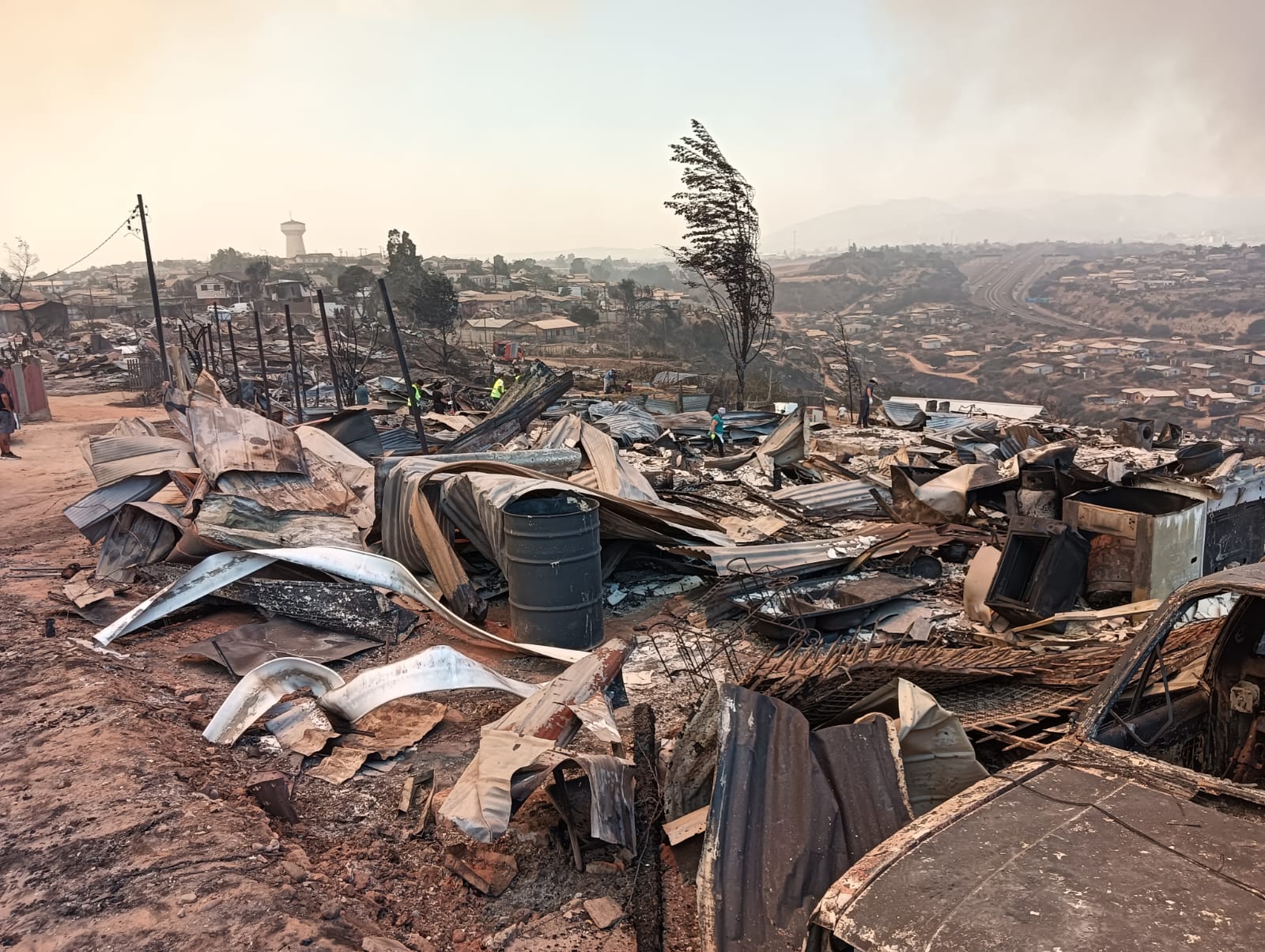The issue on the agenda was a ban on panhandling in the downtown area proposed by Mayor Shirley Franklin and orchestrated by Central Atlanta Progress to prepare downtown for the new Aquarium. Atlanta’s city center would be segregated into a “tourist triangle, where the public is told people will be safer than they will be across the street from the vagrant free zone.
Homeless persons and advocates throughout the country have worked to prevent the passage of laws and to halt policies and practices that criminalize homelessness. Unfortunately, cities and police departments sometimes do not respond to such advocacy in any productive way. When local governments fail to respond to policy advocacy, or to public media exposure, homeless persons and their advocates have turned to litigation to end these laws and practices. As successful litigation has shown, many of the practices and policies that punish the public performance of life-sustaining activities by homeless persons violate the constitutional rights of homeless persons.
__________________________________
The systematic removal of public housing and the gentrification of inner city neighbourhoods has exposed up to 68,000 Atlantans to homelessness each year. When those invidividuals also find themselves sick or dealing with addictions, they are likelier experience difficulty accessing the service system on a consistent basis. Therefore we can say that lacking private space of their own, they are then excluded from public spaces through a consistent process of being exposed to laws that attempt control their public behaviour.
The city administration”s continuing practice of dealing with homelessness as an issue of public safety, ignores the reality that there is no housing in the city of Atlanta that is affordable at a minimum wage salary.
40% to 60% of homeless people earn some income. But the housing wage in Atlanta for a two-bedroom apartment is $15.73 per hour. And gentrification is the citys only housing policy. Excluding working poor people from housing is accomplished by means of replacing affordable housing with housing that rents or sells for more than 3 1/3 times minimum wage, which is still only $5.15/hour.
If a worker in Atlanta needs to earn $15/hr. in order to afford Fair Market Rent for a two-bedroom apartment, and we have privatized and getrified public housing, it is easy to see that the local and national governments refusal to provide housing for its workers and for those on fixed incomes results in growing numbers of excluded individuals and families who live in shelters and work every day. And they are the lucky ones.
The dismantling of public housing and the refusal of communities to provide inclusionary zoning that enables the location of low income housing have resulted in 3 1/2 million people living in the United States without homes. That means 1.5 million to 2.1 million people with incomes cannot afford housing at all and live in homeless facilities or on the streets.
The streets and other public space are controlled by private interests through the executive and legislative branches of the city as well as by means of their own private security forces. And since homelessness is described to tourists as a public safety issue, this privatization of public space is excused under the guise of making the city a safer place for tourists and other customers. Businesses have for twenty years maintained the attitude that excluding poor, majority African American males from the city center is necessary for the development of the downtown.
The first step towards excluding those people deemed undesirable is to name them. Thus the tagging of the city center by Central Atlanta Progress, The Vagrant Free Zone.[1] That term was then softened, as advocates and activists from around the country criticized the citys discrimination policies and shamed CAP and the city into calling it subsequently a Safeguard Zone, and now, The Tourist Triangle.
These exclusionary policies result from racism that is evident throughout Atlantas history. Most recently even shelters which are built on valuable land are removed, and finally the local government, prodded by the private business community, takes civil and human rights away. Jails, regardless of their development and operating expense, are the housing of choice that the Atlanta business community continues creating for poor, overwhelmingly black, Atlantans.
- Atlanta was rated the nations fourth meanest city in 2006 by the National Coalition for the Homeless;
- 48,000 – 68,000 people live homeless at least one day during each year in metro Atlanta;[2]
- More than 1,000 units of public (social) housing have been lost in the past year in Atlanta
- A Housing Wage in Atlanta is $15.15/hour;[3]
Homeless people are twelve times more likely to be arrested than housed people.
[1] Central Atlanta Progress, Central Area Study II, 1986.
[2] Metro Atlanta Task Force for the Homeless, working paper, Homelessness in Atlanta, 2004.
[3] Metro Atlanta Task Force for the Homeless, Housing Chart, using HUDs FMR, 2006.




